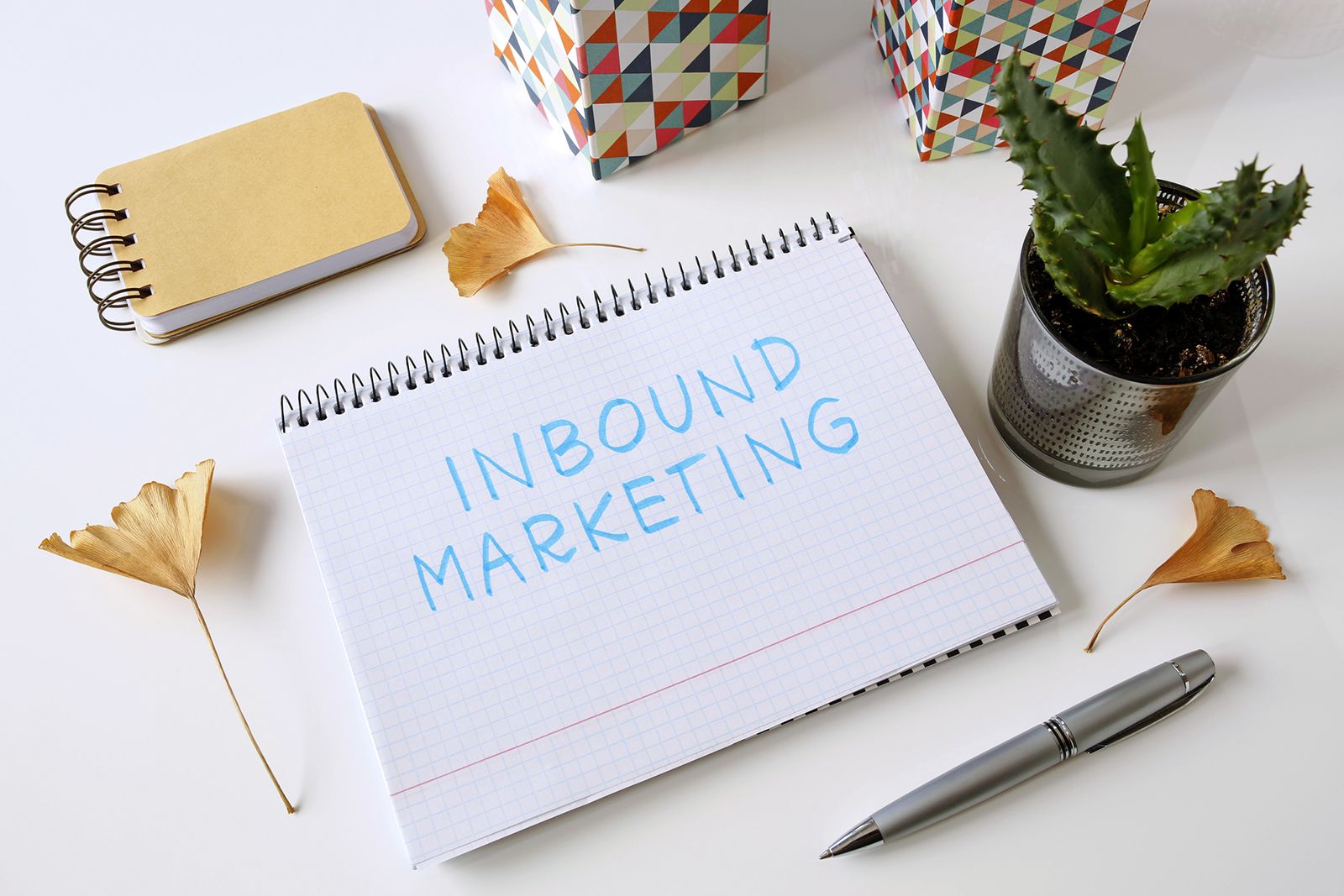
6 Key Preparations to Make before Implementing Inbound Marketing
 Inbound marketing has completely changed the way marketing teams operate today. The shift from older outbound tactics has been profound. More business leaders and marketers have discovered just what an inbound strategy can do for their businesses, and more are enthusiastically switching to this methodology.
Inbound marketing has completely changed the way marketing teams operate today. The shift from older outbound tactics has been profound. More business leaders and marketers have discovered just what an inbound strategy can do for their businesses, and more are enthusiastically switching to this methodology.
Why use inbound marketing?
There are many reasons people are making the switch to an inbound strategy, not the least of which is its proven effectiveness. Other benefits include improved lead generation, better brand visibility and awareness, higher close rates for sales, and increases in sales and revenue growth. The list goes on.
If you haven’t already adopted an inbound strategy for your business, you may be considering making the leap in the near future. Any marketing strategy can be effective, but you need to be sure you’re implementing it correctly. Before you hop on the inbound bandwagon, make sure you’re prepared for the switch by taking these six steps.
1. Understand the Fundamentals of Inbound Marketing
Inbound marketing is an entirely different mindset from the outbound marketing techniques your team is likely used to. You should be sure you and your team understand the fundamental principles before you design or mount any inbound campaign for your business.
Inbound is founded on the ideas of client interaction and relationship building. Whereas outbound techniques tended to view the audience as passive, waiting to receive your message, inbound asks your interested audience members to take action and to engage in dialogue with you.
The principle of this is relationship building. Clients are more valuable to you over time. If you invest in them, they’ll invest in you. Providing high-quality information and great customer service form the basis of a good relationship. Paying attention to the client’s needs, personalizing offers, and individualizing communications are keys to success.
If you understand this from the outset, you’ll be more prepared to achieve success with your inbound efforts.
2. Define Your Target Audiences Clearly
The next step to take before you implement inbound marketing is to make sure you have a good idea of who your audiences are. One of the great appeals of social media and the internet is that you can reach almost anyone and everyone with a few clicks.
You probably don’t want to reach everyone, however, and if the marketing department believes your customer is truly “everyone,” it may be time to look at the data. Who actually buys your product or service? What issues are they encountering that your offering resolves for them? What do they hope to see in a solution, and why haven’t they purchased from one of your competitors?
You’ll probably identify two or three different buyer “personas.” These are averaged profiles of the kind of people who usually make a purchase from you. Once you understand who usually purchases your products or services and why, you can work to craft a better inbound campaign.
Understanding the audience is key to reaching them. Outbound techniques are ineffective because the target audience is too broad. Inbound allows you to narrow your focus and zero in on the people who are most likely to buy.
3. Determine How You’ll Measure Performance
One of the best things about inbound marketing is its ability to give you real-time insight into campaign and strategy performance. By measuring the right metrics, you can discover just how effective Ad A is versus Ad B. You may be able to determine which channels drive the most traffic to your website or which ones generate the most qualified leads.
There are many different metrics you could choose to track when it comes to inbound performance. The key here is to select the right ones. If you’re hoping to see what your ROI is versus outbound campaigns you’re running, for example, tracking web traffic probably won’t provide you with the data you need. Sales revenue, lead-to-customer conversion rates, customer value, and cost per lead are more important metrics.
Determine the goals of the campaign, then select the relevant metrics. Measuring performance is the only way to know how effective your strategy is.
4. Make Sure Everyone’s on Board
How much buy-in do you have on the sales floor and in the marketing department? Do your C-suite executives enthusiastically support an inbound initiative for your business? If you lack support from either side, your inbound strategy will likely flop, no matter how sound it is.
Getting buy-in from sales and marketing can be difficult. Salespeople and marketers may not have bought into the “hype” around inbound. They may be used to doing things a particular way, or they may believe traditional marketing techniques are superior. They may not have had time to adopt the new kind of thinking inbound requires.
Buy-in at the executive level is also important. Even if you get the go-ahead, a lack of enthusiasm in the C-suite could cause the new strategy to fail. Budget concerns are obvious here. If your VP of Marketing doesn’t believe inbound is worth the time, they might restrict the budget.
The other danger, of course, is that executives are already convinced inbound won’t work, which then becomes a self-fulfilling prophesy in the sales and marketing department. As other employees realize executives don’t believe inbound will succeed, they too may limit their support of the initiative.
5. Line Up Your Vendors
Any business that wants to use inbound marketing effectively needs a great mobile-friendly website. You might also need to optimize it for search. You might want assistance learning new tools designed to support inbound tactics, or your team may need ongoing training and development opportunities to help them learn inbound effectively.
A quick redesign of the website to make it mobile-friendly or a great training session on how to use a new tool can be provided by your vendors. Before you implement an inbound marketing strategy, get your vendors in a row so you can call on them quickly and easily when you need something. You may want to include an inbound marketing agency as one, since they can help you design and implement even more effective campaigns.
6. Identify Existing Resources
Some people believe “inbound marketing” is synonymous with “content marketing.” Although content marketing is just one part of a solid inbound strategy, it is an important part.
You don’t always need to create all-new content from scratch. Where it’s possible, identify what resources you already have. Do you have some case studies that can be revamped into blog posts? Maybe you have some existing how-to articles that can be repurposed as great video content.
You may also have other resources on hand, such as buyer personas the sales department has created or tools they’re using to support their sales efforts. Aligning your sales and marketing departments has never been so important. In fact, alignment between the two is a crucial step to take if you want your inbound marketing strategy to truly succeed.
By taking these six first steps, you’ll be well on your way to implementing an inbound marketing strategy correctly and successfully. There are many common mistakes first-time inbound marketers make. Being prepared will help you avoid many of them and help guide you down the road to success for your business’s marketing efforts.

CEO and Chief Revenue Scientist
Mike Lieberman, CEO and Chief Revenue Scientist
Eliminate Hit-or-Miss Marketing Moves
Get advice, tips, tools and guidance to generate more leads for your company in this weekly email newsletter.



Eliminate Hit-or-Miss Marketing Moves
Get advice, tips, tools and guidance to generate more leads for your company in this weekly email newsletter.













